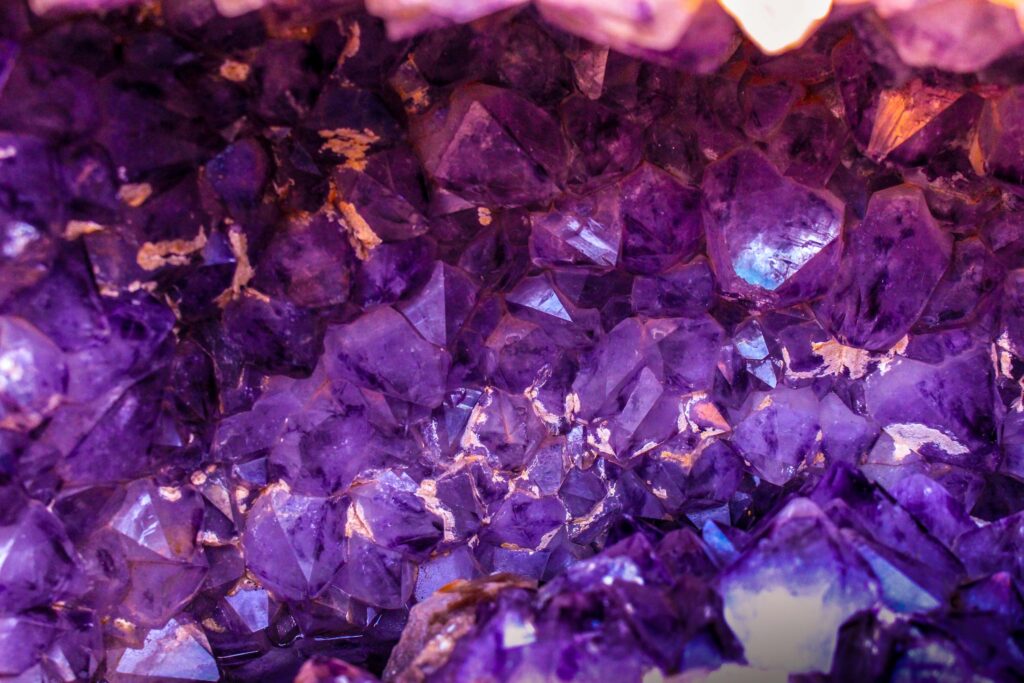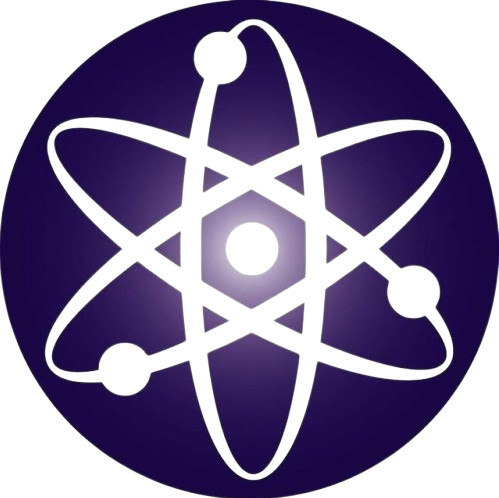Have you ever stared up at the night sky and wondered how the swirling arms of our galaxy might touch down here on Earth? It’s a thought that feels straight out of science fiction, but lately, scientists have uncovered something pretty mind-bending about naturally occurring zircon crystals. Deep in the rocky layers of our planet’s surface, these humble minerals, no bigger than grains of sand, hold secrets that stretch from the fiery birth of stars to the slow sculpting of Earth’s outer shell. In a fresh piece of research, experts have shown how these crystals act like diaries, recording the dance between our solar neighborhood and the grand architecture of the Milky Way. It’s a story that ties the cosmic wanderings of our sun to the very ground beneath our feet.
Let me take you through this journey step by step. I’ll keep things straightforward—no fancy terms without a quick explanation—because this stuff is too cool to get bogged down in details. As someone who’s spent time digging into rocks and pondering the universe, I find it thrilling how something so small can reveal such a vast picture.

How the Zircon Crystals bridge the Stars
First off, picture zircon crystals. They’re not your flashy diamonds or emeralds; think of them as tough, clear specks that form when molten rock from deep inside Earth cools and solidifies. Zircon is made mostly of zirconium, silicon, and oxygen, but what makes it special is its staying power. These crystals are incredibly hardy—they can survive billions of years of heat, pressure, and erosion that would crumble most other rocks. That’s why geologists love them. They’re like survivors from ancient times, carrying snapshots of conditions when they first crystallized.
One of the coolest tricks zircons pull is telling us their age. Inside, they trap tiny amounts of uranium, a radioactive element that decays into lead over eons. By measuring the ratio of uranium to lead, scientists can pinpoint exactly when the crystal formed, sometimes down to millions of years. It’s a natural clock, more reliable than most. And it’s not just the age; the chemistry locked inside—things like oxygen isotopes or trace metals—hints at the environment back then. Was the rock wet or dry? Hot or cool? Part of a volcano or an ocean floor? Zircons spill it all.
Now, zoom out to Earth’s crust, that thin, brittle layer we’re all walking on. It’s about 5 to 70 kilometers thick, depending on whether you’re over land or sea, and it’s where all the action happens: earthquakes, volcanoes, mountain-building. But the crust we see today didn’t just pop into existence. It evolved over 4.5 billion years, shaped by heat from Earth’s core, plate movements, and—surprisingly—bombardments from space. Early on, our planet was a hot mess, pelted by asteroids and comets as the solar system settled down. Those impacts melted rocks, stirred up the mantle below the crust, and left scars that influenced how the surface developed.
Here’s where the galaxy enters the chat. The Milky Way isn’t a flat disk of stars; it’s a barred spiral galaxy with curving arms that wind around a central bulge. Our solar system sits about two-thirds out from the center, orbiting the galaxy’s heart every 225 to 250 million years. As we cruise along, we periodically pass through those dense spiral arms. These arms are nurseries for stars—places where gas clouds collapse under gravity to birth new suns. But they’re also chaotic zones, full of supernovae explosions from massive stars dying out. Those blasts hurl heavy elements into space and trigger shockwaves that nudge asteroids and comets out of their orbits.
When our solar system slices through a spiral arm, it gets a bit rowdier up there. More supernovae mean more radiation and gravitational tugs, which can send extra chunks of space rock hurtling toward the inner planets, including Earth. It’s like driving through a busy highway interchange—you’re more likely to encounter debris. Over billions of years, these passages have left their mark, not just in craters but in how Earth’s crust grew and changed.
Enter the zircon crystals again. Researchers from places like Curtin University in Australia have been studying some of the oldest ones ever found, from spots like the Jack Hills in Western Australia. These crystals date back over 4 billion years, to a time when Earth was still young and wild. By looking at their chemical makeup—specifically, variations in elements like titanium or rare earths—the team noticed patterns. The compositions shifted in ways that lined up with when the solar system likely crossed those galactic arms.
Imagine it: Every 150 to 200 million years or so, as we thread through a spiral arm, meteorite rain intensifies. Those impacts heat up the crust, melting bits of it and causing fresh magma to rise. As that magma cools, new zircons form, capturing the chemistry of that moment. The crystals from “quiet” periods between arms might show stable, uniform traits, while those born during arm crossings carry signs of disruption—maybe higher levels of certain metals splashed in from vaporized asteroids. It’s a rhythmic pulse, etched into the rocks.
This isn’t just guesswork. The study cross-referenced zircon crystals data with models of the Milky Way’s structure. Astronomers have mapped the galaxy’s arms using radio telescopes and star surveys, estimating our path over time. Plugging that into computer simulations, they saw how impact rates would spike during those crossings. And lo and behold, the zircon record matches up. Periods of crustal growth or renewal in the rocks correspond to those cosmic pit stops.
Why does this matter? Well, for starters, it rewrites a bit of Earth’s backstory. We used to think crustal evolution was mostly about internal forces—plates shifting, mantle convection. But now we see the galaxy playing a role, like a distant conductor waving a baton that shakes things up periodically. This could explain why Earth’s surface has these bursts of activity, leading to more diverse geology: continents forming, oceans deepening, even life getting a nudge from stirred nutrients.
On a bigger scale, it connects us to the universe in a tangible way. Those heavy elements in zircons? They trace back to stellar furnaces in the galaxy’s arms, forged in supernovae long before our sun ignited. So, the same processes that built the Milky Way’s skeleton are woven into our planet’s foundation. It’s a reminder that Earth isn’t isolated; we’re part of a galactic ecosystem, influenced by its flows and ebbs.
Of course, there are caveats. Zircons are tough, but not invincible—some get recycled in subduction zones where plates dive under each other. And dating the exact timing of arm passages is tricky; the galaxy’s arms shift over time too. But the correlation is strong enough to excite folks in geology and astronomy. Future work might look at other minerals or even moon rocks to confirm the pattern.
As I wrap this up, I can’t help but feel a sense of awe. Here we are, on a speck of a planet, holding crystals that whisper about star births and cosmic highways. Zircon crystals aren’t just rocks; they’re bridges between the infinite dark and the dirt under our nails. Next time you pick up a pebble or gaze at the stars, remember: the story of the universe is right there, in the everyday stuff around us. It’s a humbling link, showing how the grand and the gritty are intertwined.
